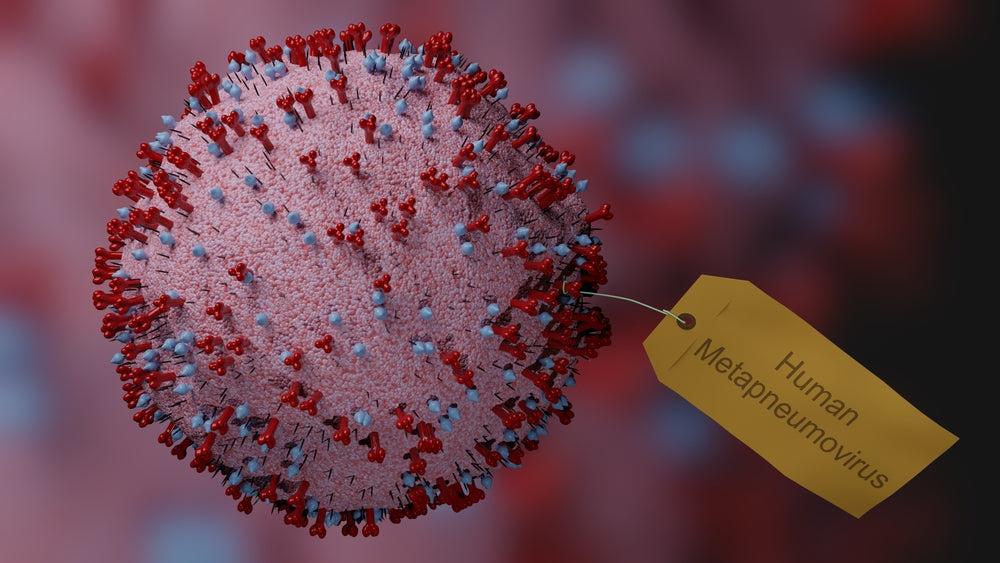
Understanding the Human Metapneumovirus (hMPV): Symptoms, Transmission, and Prevention
Share
The Human Metapneumovirus (hMPV) is a respiratory virus that can cause infections in individuals of all ages, often resulting in cold-like symptoms and, in severe cases, respiratory distress. Though less widely recognized than influenza or the common cold, hMPV has been identified as a significant cause of respiratory illness, especially among vulnerable populations.
What is hMPV?
Human Metapneumovirus (hMPV) was first identified in 2001 but has likely been circulating in human populations for much longer. It belongs to the Paramyxoviridae family, closely related to the respiratory syncytial virus (RSV). hMPV primarily affects the respiratory tract and can range from mild infections to severe respiratory illnesses.
Symptoms of hMPV Infection
The symptoms of hMPV are similar to those of other respiratory infections, which can sometimes make it difficult to diagnose without specific testing. Common symptoms include:
CoughNasal congestion
Sore throat
Fever
Shortness of breath
Wheezing
In severe cases, especially in infants, older adults, and immunocompromised individuals, hMPV can lead to bronchitis or pneumonia, requiring medical intervention.
How is hMPV Transmitted?
hMPV is primarily transmitted through:
Direct contact with respiratory secretions from an infected personInhalation of respiratory droplets from coughing or sneezing
Contact with contaminated surfaces followed by touching the face (eyes, nose, mouth)
The virus is most commonly spread during the winter and early spring months, aligning with the peak seasons for other respiratory viruses.
Diagnosis and Treatment
Diagnosis of hMPV typically requires specialized laboratory testing, such as PCR (polymerase chain reaction) tests, which detect the virus's genetic material in respiratory samples.
Currently, there is no specific antiviral treatment for hMPV. Management focuses on supportive care, including:
Rest and hydrationOver-the-counter medications to relieve fever and congestion
Oxygen therapy in severe cases
Preventing hMPV Infection
Preventative measures for hMPV align closely with those for other respiratory viruses, including:
Frequent handwashing with soap and waterAvoiding close contact with infected individuals
Covering the mouth and nose when coughing or sneezing
Regularly disinfecting commonly touched surfaces
Conclusion
While hMPV is often overshadowed by other respiratory viruses, it remains a significant health concern, particularly for vulnerable populations. Awareness, good hygiene practices, and prompt medical attention for severe cases are key to minimizing the impact of this virus. As research continues, better diagnostic tools and potential treatments may further aid in managing hMPV infections effectively.
